Introduction
Steamed black bean sauce chicken feet, a beloved staple of Cantonese dim sum cuisine, is a dish that marries texture, flavor, and tradition in every bite. Often overlooked by those unfamiliar with its culinary charm, this dish transforms humble chicken feet into a tender, savory delight. The process involves a meticulous blend of marinating, frying, and steaming, resulting in a gelatinous skin coated with a rich, umami-packed sauce. While it may seem daunting to prepare, mastering this recipe rewards the cook with a dish that embodies the essence of Chinese home cooking. This article will guide you through the intricate steps of creating this classic, ensuring your efforts yield a plate of steaming, aromatic chicken feet that rival those found in the finest dim sum halls.
The Culinary Significance of Chicken Feet
Before diving into the recipe, it’s essential to appreciate the cultural context of this dish. In Chinese cuisine, no part of the animal goes to waste, and chicken feet, though bony, are prized for their collagen-rich skin and tender cartilage. When prepared correctly, they offer a unique texture—simultaneously chewy and melt-in-the-mouth—that pairs beautifully with bold flavors. Steamed black bean sauce chicken feet, or zhi zhi zheng feng zhua, is a testament to this philosophy, turning an underutilized ingredient into a gourmet experience.
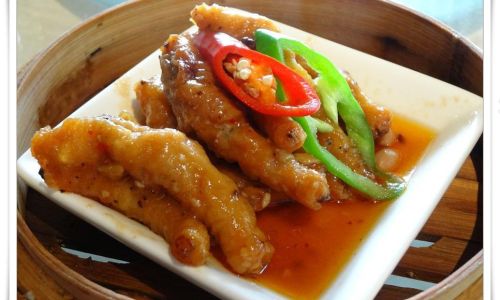
Ingredients: Assembling the Flavors
To recreate this dish authentically, gather the following ingredients. Each component plays a pivotal role in building layers of flavor:
- Chicken Feet: 500 grams (1.1 pounds), preferably fresh (though frozen works if thoroughly thawed).
- Fermented Black Beans: 2 tablespoons, rinsed and lightly mashed to release aroma.
- Garlic: 6 cloves, minced.
- Ginger: 1-inch knob, peeled and grated.
- Shaoxing Wine: 1 tablespoon (or dry sherry as a substitute).
- Oyster Sauce: 1 tablespoon.
- Soy Sauce: 2 tablespoons (light soy for saltiness, dark for color).
- Sesame Oil: 1 teaspoon.
- Sugar: 1 teaspoon.
- Cornstarch: 1 tablespoon (mixed with 2 tablespoons water for slurry).
- White Pepper: ½ teaspoon.
- Neutral Oil: For deep-frying (peanut or vegetable oil recommended).
- Optional: Dried chili flakes, spring onions, or sesame seeds for garnish.
Step 1: Preparing the Chicken Feet
The initial step is crucial for both safety and texture. Start by cleaning the chicken feet thoroughly:
- Trimming: Use kitchen shears to snip off the claws and any rough edges. This not only makes the dish more presentable but also removes tough, inedible parts.
- Blanching: Submerge the feet in a pot of boiling water for 3–5 minutes. This process, known as “scalding,” tightens the skin and removes impurities. Drain and rinse under cold water to halt cooking.
Step 2: The Frying Process
Frying is the secret to achieving the signature puffed texture. Follow these steps carefully:
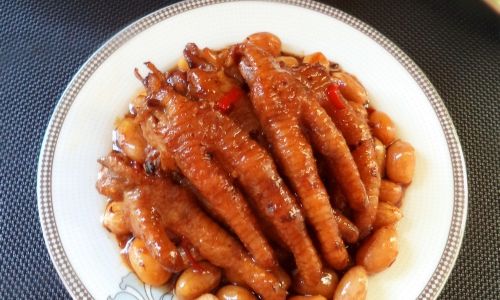
- Dry Thoroughly: Pat the chicken feet dry with paper towels. Any moisture can cause oil splatters.
- Heat the Oil: In a deep pot or wok, heat 4 cups of oil to 350°F (175°C). Use a thermometer for accuracy.
- Fry in Batches: Lower the chicken feet gently into the oil, ensuring they are fully submerged. Fry for 6–8 minutes until golden and puffed. The skin will blister dramatically—this is normal and desired.
- Safety First: Stand back during frying to avoid burns. Use a splatter screen if available.
Step 3: The Ice Bath Transformation
Immediately after frying, transfer the chicken feet to an ice water bath. This step is non-negotiable:
- Why Ice Water? The sudden temperature change shocks the collagen in the skin, creating a gelatinous, “wobbly” texture. Let them soak for 1–2 hours until the skin wrinkles and softens.
Step 4: Marinating with Black Bean Sauce
The marinade infuses the chicken feet with depth. Prepare it as follows:
- Sauté Aromatics: In a pan, heat 1 tablespoon of oil. Add minced garlic and ginger, stir-frying until fragrant (30 seconds).
- Incorporate Black Beans: Add the mashed fermented black beans and cook for 1 minute to mellow their sharpness.
- Seasoning Base: Stir in Shaoxing wine, soy sauce, oyster sauce, sugar, and white pepper. Simmer for 2 minutes.
- Thicken the Sauce: Pour in the cornstarch slurry while stirring. The sauce should thicken to a glossy consistency. Remove from heat and let cool.
Step 5: Coating and Steaming
This final step melds the flavors and textures:

- Marinate: Toss the chicken feet in the black bean sauce, ensuring each piece is coated. Marinate for at least 30 minutes (or overnight for deeper flavor).
- Steam: Arrange the feet in a heatproof dish. Steam over high heat for 25–30 minutes. A bamboo steamer is traditional, but a metal steamer works too.
- Check Doneness: The skin should be tender, and the bones should wiggle slightly when prodded.
Step 6: Garnishing and Serving
Elevate the dish with finishing touches:
- Garnish: Sprinkle with chopped spring onions, sesame seeds, or a pinch of chili flakes for color and heat.
- Serve: Traditionally, this dish is enjoyed with steamed rice, jasmine tea, or as part of a dim sum spread. Pair with pickled vegetables to cut through the richness.
Expert Tips for Perfection
- Texture Control: For extra-tender results, extend the steaming time by 5–10 minutes.
- Flavor Variations: Experiment with adding hoisin sauce, five-spice powder, or a touch of vinegar for acidity.
- Make-Ahead Convenience: Prepare the dish up to the marinating stage, then steam just before serving.
Troubleshooting Common Issues
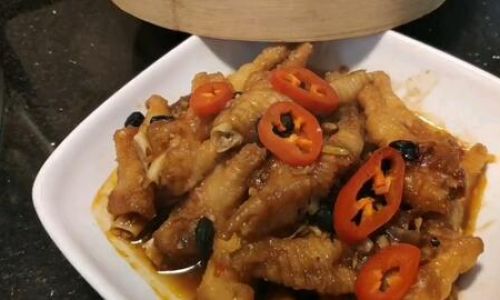
- Soggy Skin: Ensure the frying oil is hot enough. Low temperatures lead to greasy, un-puffed feet.
- Overly Salty Sauce: Balance with a pinch of sugar or a splash of water.
- Tough Texture: Steam longer next time, or use a pressure cooker for 10 minutes on high.
Cultural Etiquette and Enjoyment
In Chinese dining culture, sharing dishes like steamed chicken feet fosters connection. Use chopsticks to navigate the bones gracefully, and savor the interplay of the sticky sauce with the collagen-rich skin. Pair with pu-erh tea to cleanse the palate between bites.
Conclusion
Crafting steamed black bean sauce chicken feet is a labor of love, but the results are deeply rewarding. This dish, steeped in tradition and bursting with flavor, transforms a humble ingredient into a culinary masterpiece. Whether you’re hosting a dim sum brunch or seeking to expand your cooking repertoire, mastering this recipe will leave a lasting impression. So, embrace the process, savor each step, and enjoy the fruits of your labor—one tender, flavorful bite at a time.
This comprehensive guide ensures that even novice cooks can approach this dish with confidence. By respecting each step’s nuances, you’ll not only replicate a classic but also gain insight into the artistry of Chinese home cooking.
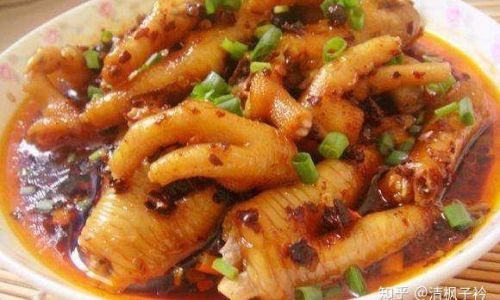
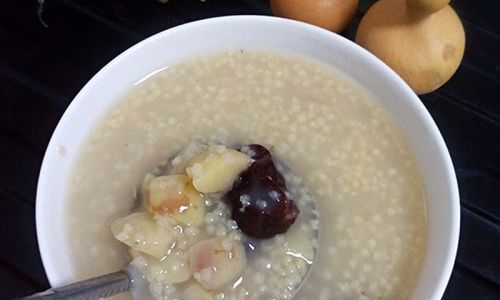
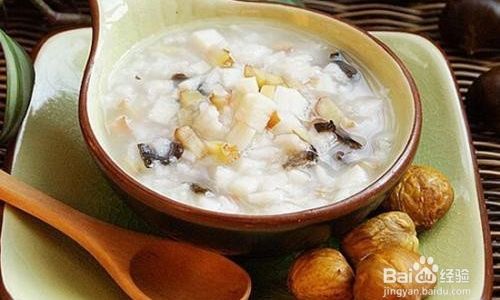
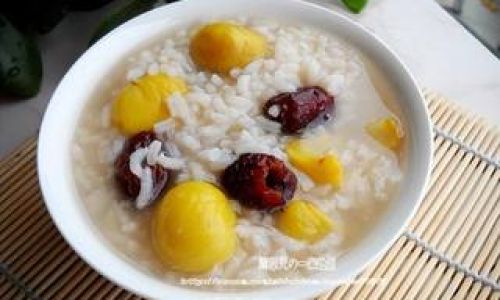


0 comments